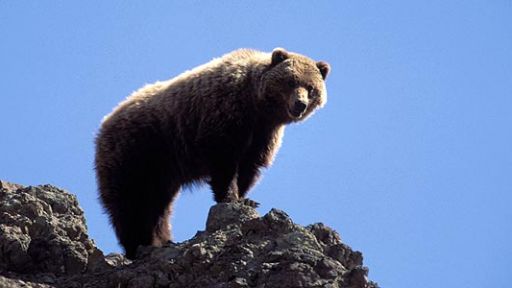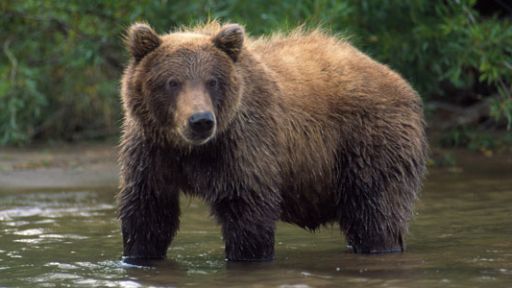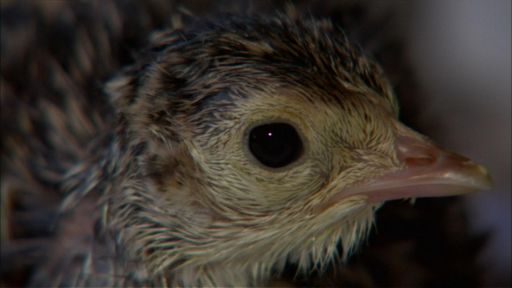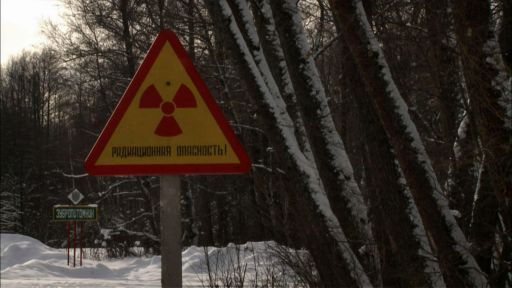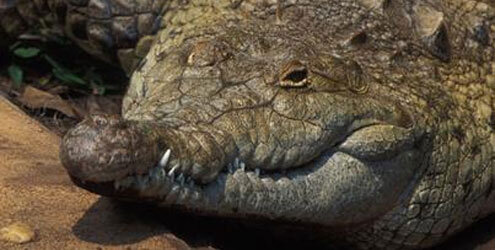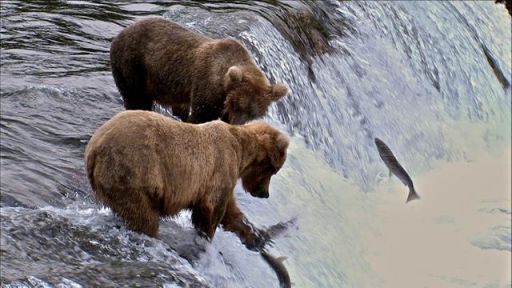NATURE’s The Good, the Bad, and the Grizzly looks at the grizzly bear’s remarkable recovery and examines the controversy behind the conservation success story.
After a decades-long comeback, the grizzly bears of Yellowstone National Park appear to be thriving. Should they now be removed from the protection of the Endangered Species Act? This question has provoked one of the most emotionally charged wildlife controversies in America today.
In the mid-20th century, Yellowstone’s grizzlies had been reduced to a relatively small number of bears that had stopped hunting and were living on trash intentionally left by the park’s attendants. In 1972, park officials reversed their policy, and the garbage dumps were closed.
Today, after 30 years of protection under the Endangered Species Act, grizzlies have learned to hunt once again, and have made a resounding return, with an estimated 600 thriving in the 17,000 square miles that comprise the Greater Yellowstone area.
With the rising bear population, however, comes conflict, as the grizzlies interact more and more with encroaching humanity — roaming in residential areas, raiding dumpsters, attacking livestock, and unknowingly inspiring tourists to take chances on roads and trails so they can glimpse the great bear.
In short, the success of grizzly restoration has spawned a complex web of social and environmental issues that many disagree upon. While some lawmakers argue that grizzlies should be delisted as an endangered species, others believe this would be a premature maneuver.
Discover the complex issue of grizzly bear management and conservation from ranchers, conservationists, and government officials who share their stories and insights on The Good, the Bad, and the Grizzly.

